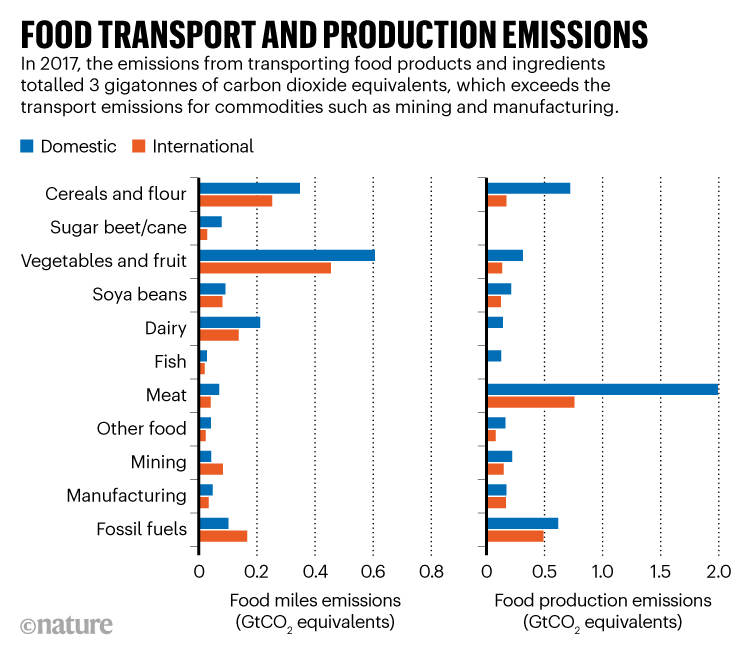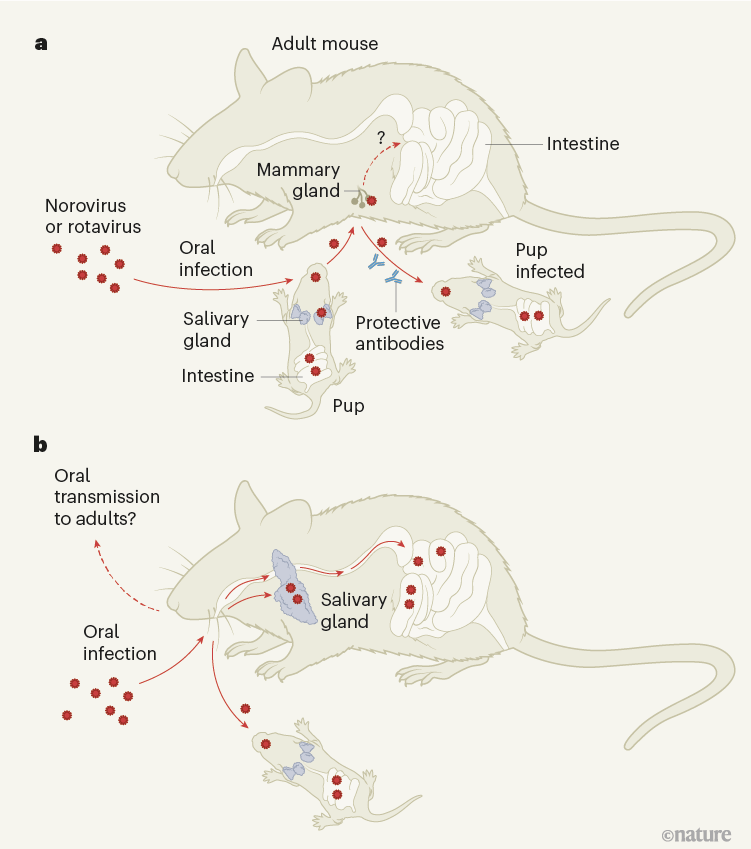Food’s carbon footprint
Table of Contents
This graphic shows that transporting and producing food generates whopping amounts of carbon dioxide emissions, and that moving fruit and vegetables in refrigerated vehicles is particularly emissions-intensive. Researchers amassed data from 74 countries and regions, and looked at where food came from, where it went and how it moved from one place to the next. They found that, in 2017, transporting ingredients and food products accounted for nearly one-fifth of all carbon emissions in the food system — a much bigger slice of the emissions pie than previously thought, and more than those for transporting goods from mining and manufacturing.
COVID hit poor countries harder
Early in the COVID-19 pandemic, the risk of dying from the disease was much higher for people living in poorer countries than for those in richer nations, a study reports. Data from early in the pandemic suggested the opposite — that death and infection rates in poor countries were relatively low compared with those in rich ones. But recent evidence is painting a very different picture, as our News story explains.
New routes for norovirus spread
Gastrointestinal viruses, such as norovirus and rotavirus, can spread like wildfire, causing diarrhoea and vomiting. They are thought to spread through the faecal–oral route, in which someone with the virus sheds tiny particles of stool or vomit that are ingested by someone else. A paper in Nature this week suggests that the viruses can be transmitted by saliva, too, as this graphic explains.
Mouse pups that are orally inoculated with one of these viruses become infected in their intestines and salivary glands (a). They can pass the virus to their mothers during breastfeeding, who can in turn pass both the virus and protective antibodies back to their pups. It’s unclear whether the infection spreads to the mother’s intestine. Adult mice orally inoculated with a virus (b) also develop both intestinal and salivary gland infections, and can pass the virus to pups through saliva. If these viruses spread through communities through saliva, then practices such as wearing masks might help to curb them.



